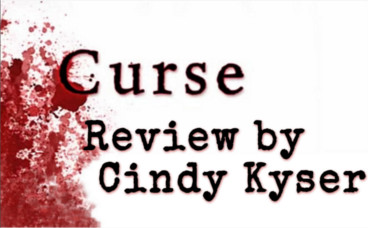
Curse Review
An otherwise solid adventure, but an inordinate amount of clicking and waiting, and a very disappointing ending mar the experience.






Genre: Point-And-Click Adventure
Release date: September 1, 2016
Curse is a new ‘contextual horror’ adventure developed by indie studio Stormlord Games. Set in present day Ohio, it’s played from a first person perspective, without narration. As an employee of Wallis Paranormal Investigations, you’ve been deployed to look into Atherton Manor (aka “Blood Manor”). Built in 1836, the house has a long history of suspicious deaths and disappearances. Years later, the property is abandoned and has earned a reputation for violent paranormal activity. Your job is to determine whether the haunting is an urban legend or a reality. Armed with formal training for dealing with the supernatural and personal psychometric abilities, you enter the house and the fun begins.
You’re quickly alerted that the house is occupied by a host of spirits, some more malevolent than others. You also discover that you’re the second team sent by Wallis to investigate Atherton Manor. The story of the house, including the fate of its residents and visitors (including the Wallis group) is revealed through notes found in the manor, on-screen text, and a series of paranormal events.
Kudos to Stormlord Games for delivering a user guide that’s accessible from the main menu! This document is integrated into the story and is quite helpful in terms of explaining game mechanics and strategy. It provides a set of instructions for the interface, which is mouse-based with some hot keys. It also describes your company-issued enhanced UV flashlight which is your only weapon against attacking spirits. You are advised to use this flashlight sparingly, as your single battery has a limited life.
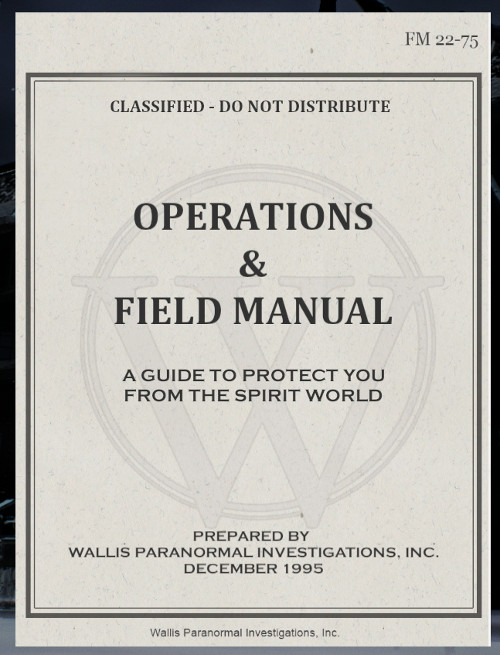 .
.
You’re also equipped with a backpack that’s used to store items gathered while exploring the manor. Anytime an inventory object can be used in the current scene, the backpack opens automatically as a prompt.
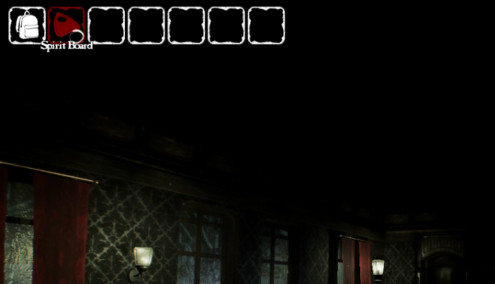 .
.
Curse can be best described as a point-and-click adventure that is hazardous to your health. Several of the manor’s spirits are determined to eliminate you and they attack, from various angles, at numerous points in the game. If killed, you have a ‘Resurrect’ opportunity that allows you to try again. Initially I struggled with the combat and ‘Resurrect’ became my most used menu option. By the end of the game, I had developed a strategy that improved my odds of victory by flashlight! I should note that Stormlord Games deployed an update in early October which made ‘fight or flight’ combat mechanics more intuitive – an enhancement much appreciated by this gamer! Curse auto-saves your progress at predetermined points so the act of resurrection may (or may not) result in repetitive gameplay. It is yet another game that might have benefited from an explicit save function.
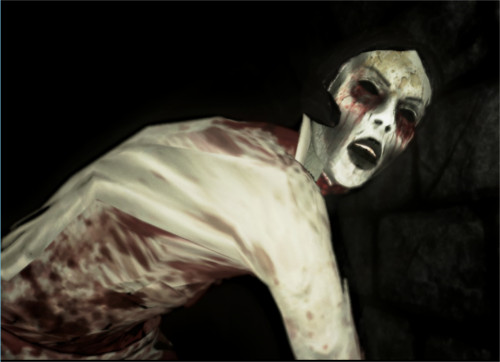 .
.
Curse has the option of setting the difficult level (Easy, Normal, Hard, or Nightmare). In ‘Normal’ mode, the player is spoon fed most of this adventure. In a room with several areas of interest, only one is active at a time. As each task is completed the next door or object becomes accessible. Thus, there is little decision making and the player is led through the manor like a dog on a leash, free to roam only when under attack by a spirit.
If one chooses the ‘Hard’ mode, Curse gives control back to the player, with all doors and objects active in a room upon entry. My personal dilemma was that I wanted a challenging adventure with easy combat. Knowing that my skill with the spirit-deflecting flashlight was apt to be sub-par, I played through in ‘Normal’ mode. With 20/20 hindsight, this was probably not the right choice for an experienced gamer.
Difficulty levels aside, Curse is a fairly short game. I completed it in around 4 hours and much of this time was spent in ‘resurrect and replay’ mode after a fatal encounter with a spirit. I expect that a combat-ready veteran adventurer will finish Curse in well under 3 hours.
While Curse is a solid adventure, it did not ‘click’ for me on several levels. The horror elements of evil spirits, blood spatter, and violent visions are all present. The house is dimly lit, in a state of disrepair, and generally creepy. This is enhanced by a soundtrack of things going bump in the dark, disembodied voices, and your own footsteps. Lights flash, blood drips, doors slam, and music crescendos. It should have created a sense of dread and suspense. Instead I felt as if I was in a carnival funhouse. Perhaps it was the cartoon-like spiders scuttling about or the maniacal laughter heard in the background. Or, perhaps it was the stark contrast to KouKou Studio’s Lethe: Episode 1 – a game I played recently that created so much tension and terror that I had to take a break when my heart was pounding too hard. The bottom line is that, for me, Curse did not create the horrific mood intended by the developers.
My biggest frustration was that Curse requires an inordinate amount of clicking and wait time to complete a single action. For example: You enter a hallway with a door. You click to ‘Approach the Door’ and watch a cut scene of moving down the hall, towards the door, at a speed that makes Aesop’s tortoise look fast. Next, you click to ’Investigate the Door’ and the system responds that the ‘Door is Unlocked’ (which requires a click to acknowledge). You then click to ‘Open the Door’ and watch the door slowly creak open. Finally, you click to ‘Enter the Room’ and watch another cut scene of passing through the door at a snail’s pace. Multiply this by hundreds of click points and I felt as if I was in a constant state of waiting for the game to catch up with me.
Lastly, Curse has one of the most disappointing endings I’ve ever experienced. I’m avoiding specific details so as to not spoil the experience for other players. However, my response to the final scene was a very loud “NO WAY…” When the credits began to roll, I followed with an additional comment that is not suitable for publication. There was no indication that alternate endings exist. Thus, there is no incentive to replay in hopes of changing the course of the story.
|
+ Difficulty setting adds flexibility. ‘Normal’ mode provides a guided experience for would-be adventurers. Experienced adventurers should bite the bullet and select the ‘Hard’ setting.
+ The graphics and sound are well put together. Depending on your mindset, this could be a harrowing experience with numerous ‘jump out of your seat’ moments.
– Point and click (and then wait to click and wait again to click) implementation grows very tiresome.
– Don’t expect to be delighted by the way this story ends
|
 |
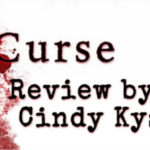
Leave a Reply